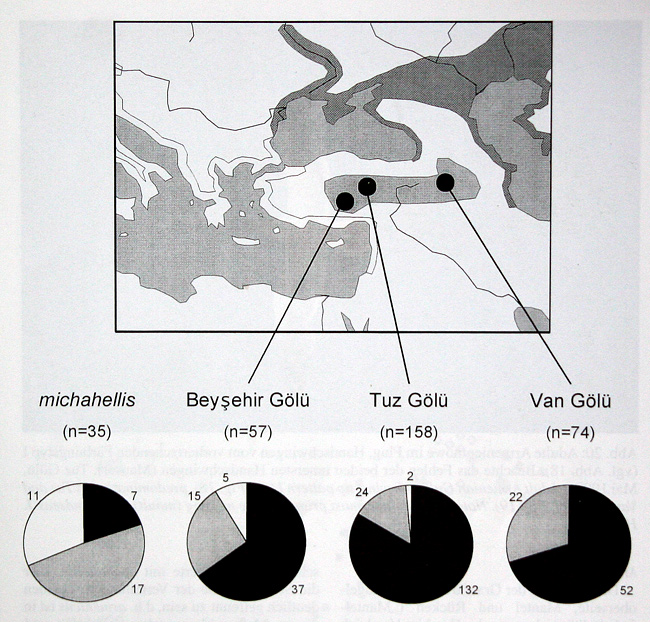 Larus armenicus
Larus armenicus
(last update:
Amir Ben Dov (Israel)
Mars Muusse (Netherlands)
armenicus 1cy July
armenicus 1cy August
armenicus 1cy Sept
armenicus 1cy Oct
armenicus 1cy Nov
armenicus 1cy Dec
armenicus 2cy Jan
armenicus 2cy Febr
armenicus 2cy March
armenicus 2cy April
armenicus 2cy May
armenicus 2cy June
armenicus 2cy July
armenicus 2cy August
armenicus 2cy Sept
armenicus 2cy Oct
armenicus 2cy Nov
armenicus 2cy Dec
armenicus 3cy Jan
armenicus 3cy Febr
armenicus 3cy March
armenicus 3cy April
armenicus 3cy May
armenicus 3cy June
armenicus 3cy July
armenicus 3cy August
armenicus 3cy Sept
armenicus 3cy Oct
armenicus 3cy Nov
armenicus 3cy Dec
armenicus sub-ad Jan
armenicus sub-ad Febr
armenicus sub-ad March
armenicus sub-ad April
armenicus sub-ad May
armenicus sub-ad June
armenicus sub-ad July
armenicus sub-ad August
armenicus sub-ad Sept
armenicus sub-ad Oct
armenicus sub-ad Nov
armenicus sub-ad Dec
armenicus adult Jan
armenicus adult Febr
armenicus adult March
armenicus adult April
armenicus adult May
armenicus adult June
armenicus adult July
armenicus adult August
armenicus adult Sept
armenicus adult Oct
armenicus adult Nov
armenicus adult Dec
Dorit Liebers & Andreas J. Helbig
published: Limicola 13-6, 1999 (in German, with English summary)
Fig 19: Larus armenicus and michahellis, frequency and occurence of three types of wing-tip patterns.
Type I:
In most birds a white mirror was only present on P10 (79% no mirror on P9), where it covers both inner and outer-web, but some birds showed a limited P10 mirror only on the inner-web (Tuz & Van Golu, n = 232, birds scored from randomly photographed alarming adults over the colony. Double-scorings can not be excluded in a flock of gulls. Very small P9 mirrors probably missed in such photographs, an example may be Fig. 20, which should illustrate Type I birds with only a mirror on P10, while the picture may also show a bird with a very small mirror on P9). This is close to the figure of 72% given for armenicus from Lake Sevan in Armenia (n = 42, Buzun 1993a).
Type II:
About 20% of the birds from Tuz and Van Golu showed a mirror on P10 and also one on P9, which often was a small, rounded, white spot on the inner-web.
Type III:
In this type, the white tip of P10 is merged with the mirror (hence, the sub-terminal black band is broken or lacking) and the mirror on P9 is relatively large, also covering part of the outer-web of P9. Only 2 birds on Tuz Golu showed this pattern (0.9%). This pattern, with more white in the wing-tip, is commonly found in michahellis.
There is a significant difference in the frequency of occurrence of these three types, when the three interior colonies are compared to michahellis-colonies (chi2, p<0.001). That is, armenicus showed significantly less white in the wing-tip that michahellis (80% of michahellis has a mirror on both P9 and P10 and they more often show a broken sub-terminal band). Barabensis, scored in Lake Tengiz in Kazakhstan, also more often has mirrors on both P9 and P10 (77% of the breeding birds, small sample size, n = 22). All birds were sexed using molecular markers, and there appeared to be no sex-difference in the number of primaries with white mirrors.
The white tips of the primaries were worn by the end of May and early June. Even in fresh feathers, the primary tips are relatively small in armenicus.

Black: Type I
Grey: Type II
White: Type III.
The breeding range for armenicus is pale-grey, the breeding range for cachinnans is dark-grey, the breeding range for michahellis is characterized by a line along the coast.